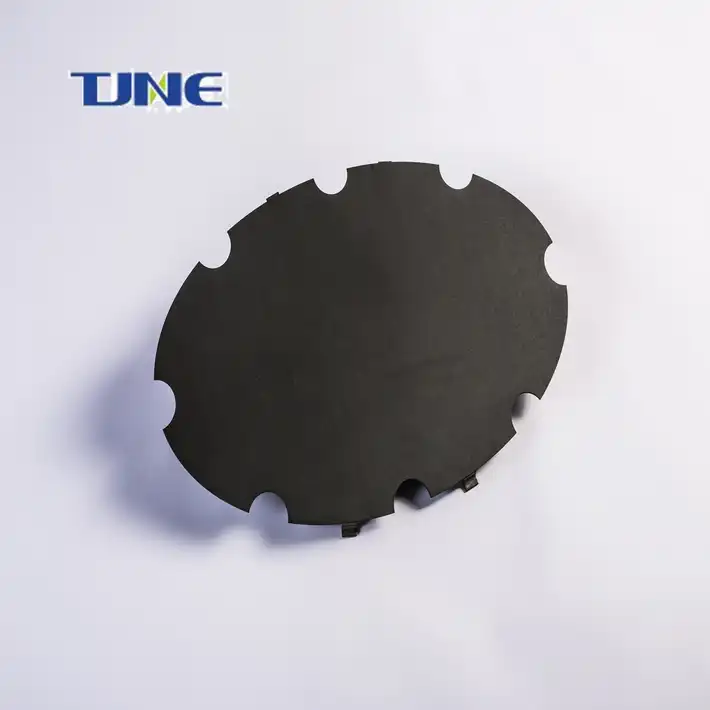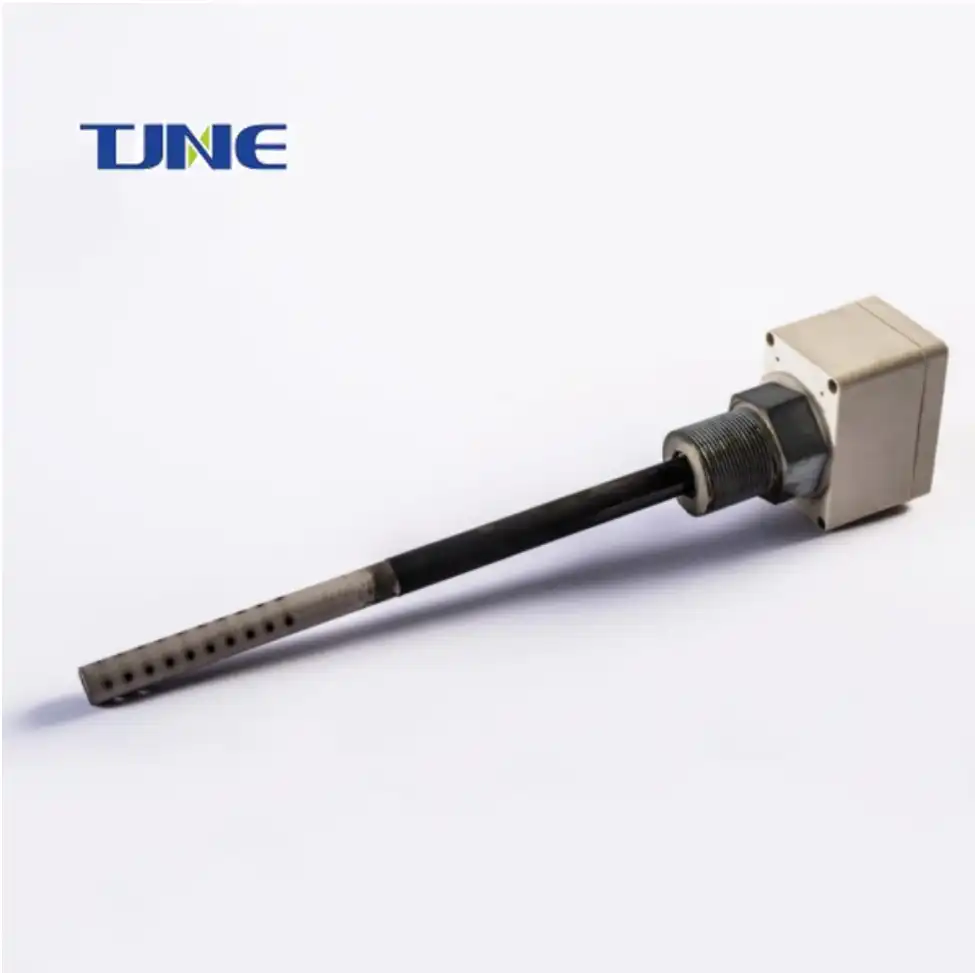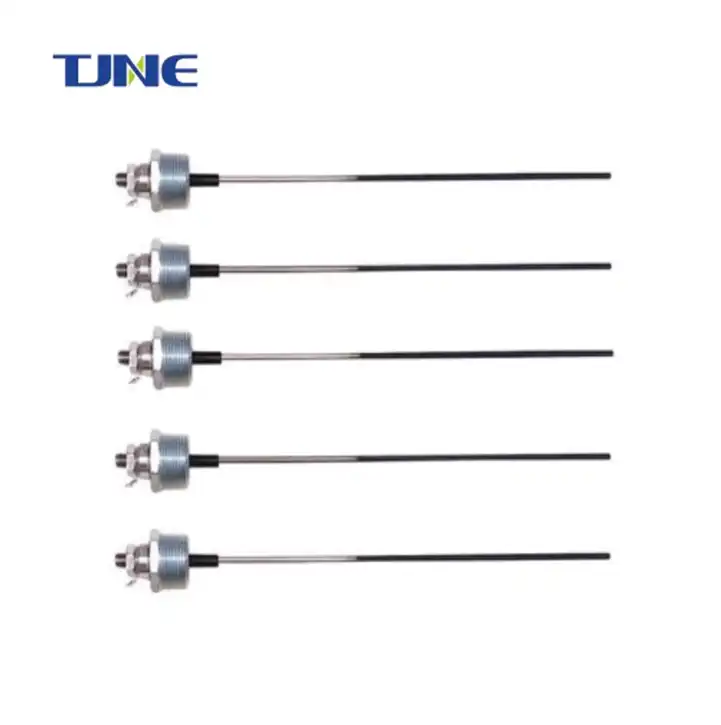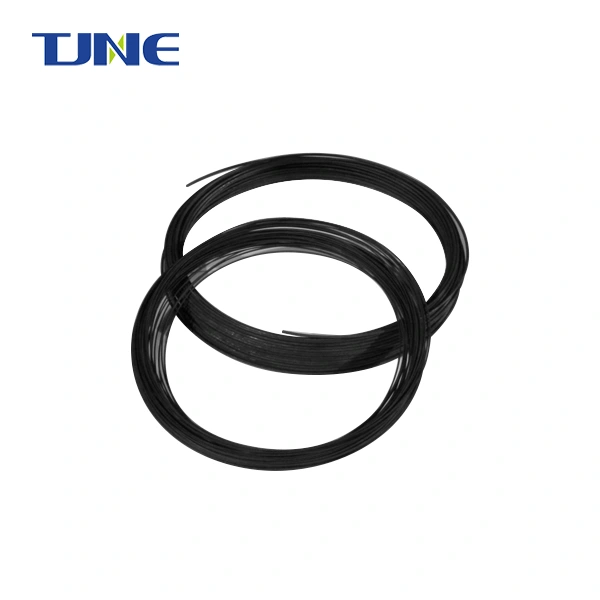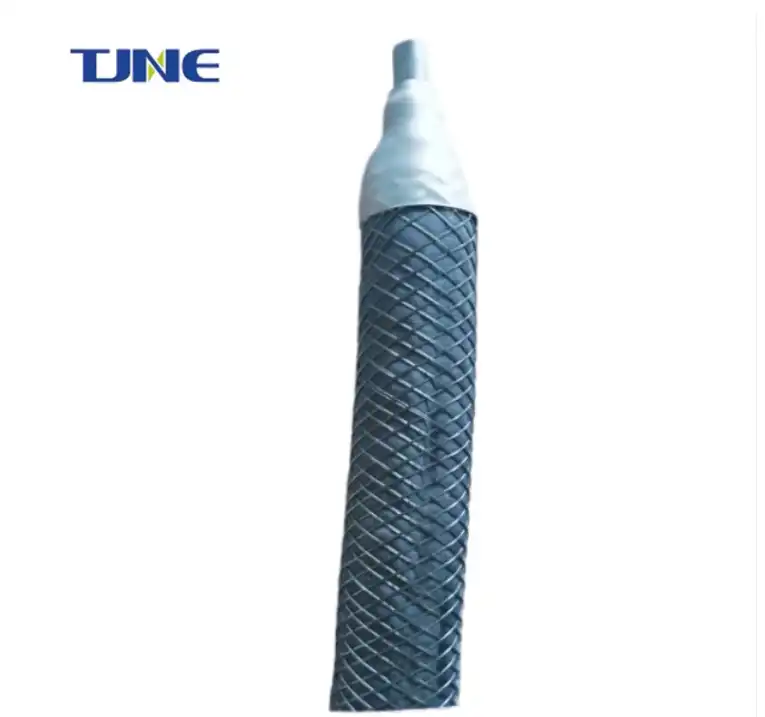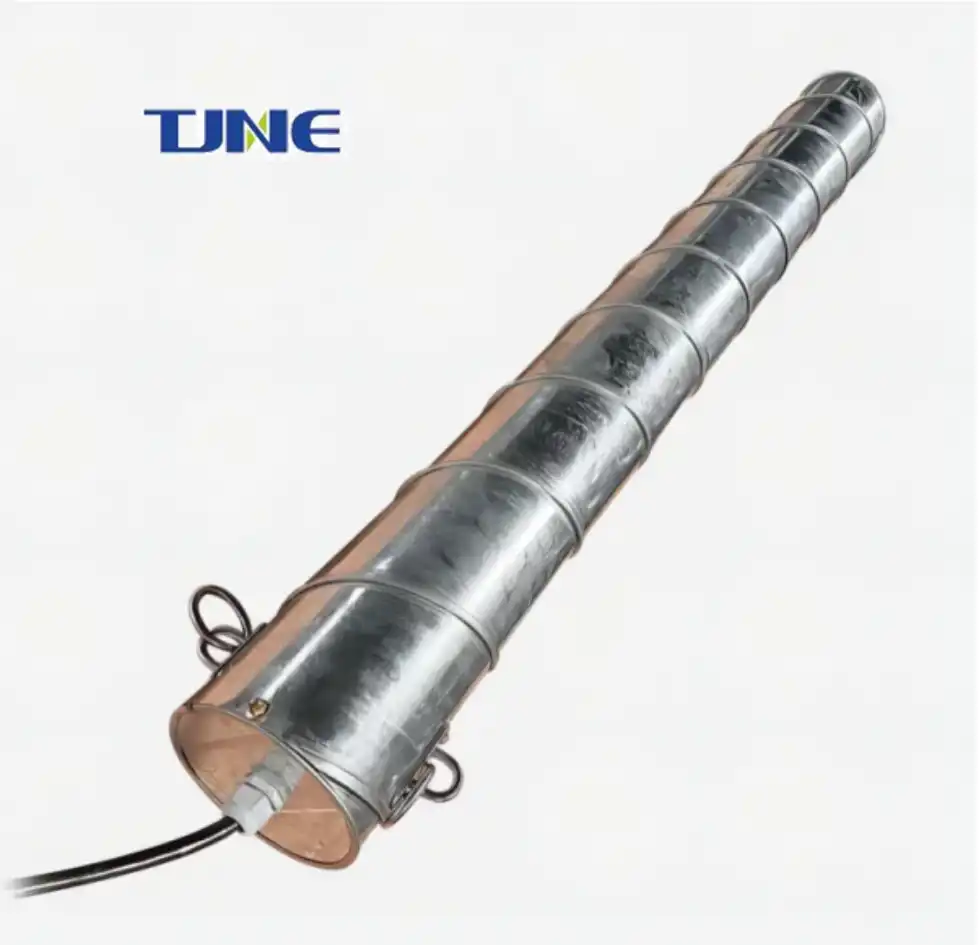- English
- French
- German
- Portuguese
- Spanish
- Russian
- Japanese
- Korean
- Arabic
- Greek
- German
- Turkish
- Italian
- Danish
- Romanian
- Indonesian
- Czech
- Afrikaans
- Swedish
- Polish
- Basque
- Catalan
- Esperanto
- Hindi
- Lao
- Albanian
- Amharic
- Armenian
- Azerbaijani
- Belarusian
- Bengali
- Bosnian
- Bulgarian
- Cebuano
- Chichewa
- Corsican
- Croatian
- Dutch
- Estonian
- Filipino
- Finnish
- Frisian
- Galician
- Georgian
- Gujarati
- Haitian
- Hausa
- Hawaiian
- Hebrew
- Hmong
- Hungarian
- Icelandic
- Igbo
- Javanese
- Kannada
- Kazakh
- Khmer
- Kurdish
- Kyrgyz
- Latin
- Latvian
- Lithuanian
- Luxembou..
- Macedonian
- Malagasy
- Malay
- Malayalam
- Maltese
- Maori
- Marathi
- Mongolian
- Burmese
- Nepali
- Norwegian
- Pashto
- Persian
- Punjabi
- Serbian
- Sesotho
- Sinhala
- Slovak
- Slovenian
- Somali
- Samoan
- Scots Gaelic
- Shona
- Sindhi
- Sundanese
- Swahili
- Tajik
- Tamil
- Telugu
- Thai
- Ukrainian
- Urdu
- Uzbek
- Vietnamese
- Welsh
- Xhosa
- Yiddish
- Yoruba
- Zulu
Mixed Metal Oxide (MMO) canister anodes have emerged as a revolutionary technology in various industrial applications, offering superior performance and longevity compared to traditional anode materials. These anodes consist of a titanium substrate coated with a mixture of precious metal oxides, typically including iridium, tantalum, and ruthenium. The canister design provides additional protection and ease of installation, making MMO canister anodes an increasingly popular choice across multiple industries.
How do MMO canister anodes improve corrosion protection in industrial settings?
Corrosion is a persistent challenge in many industrial environments, leading to significant economic losses and safety concerns. MMO canister anodes have proven to be highly effective in mitigating corrosion through impressed current cathodic protection (ICCP) systems. These systems work by applying a small electrical current to the structure being protected, making it cathodic and thus less susceptible to corrosion.
The superiority of MMO canister anodes in corrosion protection stems from several key factors:
1. Durability: MMO anodes have an exceptionally long lifespan, often lasting 20 years or more in many applications. This longevity is due to their resistance to chemical degradation and dimensional stability, which allows them to maintain consistent performance over extended periods.
2. Low consumption rate: Compared to traditional anode materials like graphite or high-silicon cast iron, MMO anodes have a much lower consumption rate. This means they can continue to provide effective protection for longer periods without needing replacement, reducing maintenance costs and downtime.
3. High current output: MMO canister anodes can deliver higher current densities than many other anode types, allowing for more effective protection of larger structures or in high-resistivity environments.
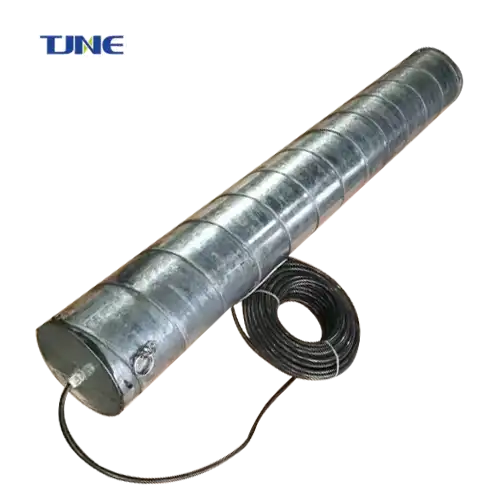
4. Versatility: The canister design of these anodes makes them suitable for a wide range of installation methods, including deep groundbeds, shallow horizontal groundbeds, and even in concrete structures.
5. Uniform current distribution: The cylindrical shape of canister anodes, combined with the conductive properties of MMO coatings, ensures a more uniform current distribution. This results in more effective and efficient corrosion protection across the entire protected structure.
In industrial settings such as oil and gas pipelines, storage tanks, and chemical processing facilities, MMO canister anodes have demonstrated remarkable effectiveness in preventing corrosion. For instance, in pipeline protection, these anodes can be installed in deep vertical groundbeds along the pipeline route, providing consistent protection even in areas with high soil resistivity.
Moreover, in petrochemical plants, where corrosive environments are commonplace, MMO canister anodes have been successfully employed to protect large storage tanks, process vessels, and underground piping networks. Their ability to operate in both soil and water environments makes them particularly valuable in facilities located in coastal areas or those with varying groundwater levels.
What are the advantages of using MMO canister anodes in offshore structures?
The offshore industry, particularly oil and gas exploration and production, faces some of the most challenging corrosion conditions. Seawater, with its high conductivity and corrosive nature, can rapidly deteriorate offshore structures if left unprotected. MMO canister anodes have become increasingly popular in this sector due to their unique advantages:
1. Excellent performance in seawater: MMO anodes maintain their effectiveness even in highly conductive seawater environments. Their low consumption rate and ability to deliver high current outputs make them ideal for protecting large offshore structures such as platforms, subsea pipelines, and floating production storage and offloading (FPSO) vessels.
2. Weight reduction: Traditional sacrificial anodes, often made of aluminum or zinc, can add significant weight to offshore structures. MMO canister anodes, being much lighter and more efficient, can provide equivalent or superior protection with less overall weight. This is particularly beneficial for floating structures where weight considerations are critical.
3. Long-term cost-effectiveness: While the initial investment in MMO canister anodes and associated ICCP systems may be higher than traditional sacrificial anode systems, the long-term benefits often result in significant cost savings. The extended lifespan and reduced need for replacement or maintenance make them economically advantageous over the life of an offshore asset.
4. Flexibility in design and installation: MMO canister anodes can be designed and installed in various configurations to suit different offshore structures. They can be mounted directly on the structure, suspended in the water column, or installed on the seabed, providing flexibility in protection strategies.
5. Environmental considerations: Unlike sacrificial anodes that dissolve into the marine environment over time, MMO anodes have minimal environmental impact. This aligns with the increasing focus on environmental sustainability in offshore operations.
6. Remote monitoring capabilities: When integrated with modern ICCP systems, MMO canister anodes can be monitored and controlled remotely. This allows for real-time adjustment of protection levels and early detection of any issues, which is particularly valuable in offshore environments where physical access can be challenging and costly.
In practice, MMO canister anodes have been successfully deployed in numerous offshore projects worldwide. For example, in the North Sea, where harsh environmental conditions prevail, these anodes have been used to protect jacket structures, pipelines, and subsea equipment. Their ability to provide consistent protection in deep waters and withstand the dynamic forces of the marine environment has made them a preferred choice for many operators.
Similarly, in the Gulf of Mexico, where warm waters can accelerate corrosion rates, MMO canister anodes have been employed to protect floating production units and extensive subsea infrastructure. Their long lifespan and reliability have proven particularly valuable in these applications, where the cost and complexity of equipment replacement are significant.
How are MMO canister anodes utilized in other industrial applications?
While MMO canister anodes are primarily known for their corrosion protection capabilities in various environments, their unique properties make them valuable in several other industrial applications. Let's explore some of these areas:
1. Cathodic Protection in Concrete Structures
MMO canister anodes have found significant use in protecting reinforced concrete structures from corrosion. In this application:
- The anodes are embedded within the concrete structure during construction or rehabilitation.
- They provide long-term protection to the steel reinforcement, particularly in structures exposed to chloride environments like bridges, parking garages, and marine structures.
- Their low consumption rate and ability to operate in low-moisture environments make them ideal for this purpose.
2. Ground Bed Applications
MMO canister anodes are widely used in deep and shallow ground bed systems for protecting buried structures:
- In deep ground beds, multiple anodes can be stacked vertically in a single borehole, providing efficient protection for pipelines and other buried infrastructure.
- Shallow horizontal ground beds utilize MMO canister anodes laid horizontally, often in areas with high water tables or rocky terrain where deep drilling is impractical.
3. Internal Cathodic Protection of Tanks and Vessels
MMO canister anodes are increasingly being used for the internal protection of storage tanks and process vessels:
- They can be suspended within tanks containing corrosive fluids, providing protection to the internal surfaces.
- This is particularly valuable in industries such as oil and gas, chemical processing, and water storage, where maintaining the integrity of tanks is crucial.
4. Marine Applications Beyond Offshore Structures
In addition to offshore platforms and pipelines, MMO canister anodes are used in various other marine applications:
- Protection of ship hulls and ballast tanks
- Safeguarding port facilities, including jetties, piers, and sheet piling
- Protecting underwater archaeological sites and artificial reefs
5. Soil Remediation
An emerging application for MMO canister anodes is in electrokinetic soil remediation:
- In this process, anodes are used to create an electric field in contaminated soil.
- This electric field helps mobilize and extract heavy metals and other contaminants from the soil.
- The durability and low consumption rate of MMO anodes make them suitable for these long-term remediation projects.
6. Future Prospects
The versatility and effectiveness of MMO canister anodes continue to drive research into new applications:
-Green Energy Infrastructure: As renewable energy sources like offshore wind farms expand, MMO canister anodes are being explored for protecting these structures in marine environments.
-Underground Energy Storage: With the growing interest in large-scale underground energy storage systems, such as compressed air energy storage, MMO canister anodes may play a role in protecting these complex underground structures.
-Smart Cathodic Protection Systems: Integration of MMO canister anodes with IoT (Internet of Things) technology for real-time monitoring and adaptive protection in various industries.
-Urban Infrastructure Protection: As cities grow and age, there's increasing interest in using MMO canister anodes to protect underground urban infrastructure, including tunnels, subway systems, and utility networks.
In conclusion, while MMO canister anodes have proven their worth in traditional corrosion protection scenarios, their unique properties continue to open doors to new and innovative applications across various industries. As technology advances and environmental concerns grow, these versatile anodes are likely to play an increasingly important role in protecting and preserving critical infrastructure and industrial assets.
If you are interested in the products of Xi'an Taijin New Energy Technology Co., Ltd., please contact yangbo@tjanode.com.
References:
1. Revie, R. W., & Uhlig, H. H. (2008). Corrosion and corrosion control: an introduction to corrosion science and engineering. John Wiley & Sons.
2. Baeckmann, W. V., Schwenk, W., & Prinz, W. (1997). Handbook of cathodic corrosion protection. Gulf Professional Publishing.
3. Cicek, V. (2014). Cathodic protection: industrial solutions for protecting against corrosion. John Wiley & Sons.
4. Varela, F., Tan, M. Y., & Forsyth, M. (2015). An overview of major methods for inspecting and monitoring external corrosion of submarine pipelines. Corrosion Science, 94, 368-376.
5. Martínez-Huitle, C. A., & Ferro, S. (2006). Electrochemical oxidation of organic pollutants for the wastewater treatment: direct and indirect processes. Chemical Society Reviews, 35(12), 1324-1340.
6. Rajeshwar, K., & Ibanez, J. G. (1997). Environmental electrochemistry: Fundamentals and applications in pollution abatement. Academic Press.
7. Kraft, A. (2008). Electrochemical water disinfection: A short review. Platinum Metals Review, 52(3), 177-185.
8. Drogui, P., Elmaleh, S., Rumeau, M., Bernard, C., & Rambaud, A. (2001). Oxidising and disinfecting by hydrogen peroxide produced in a two-electrode cell. Water Research, 35(13), 3235-3241.
9. Martínez-Huitle, C. A., & Brillas, E. (2009). Decontamination of wastewaters containing synthetic organic dyes by electrochemical methods: a general review. Applied Catalysis B: Environmental, 87(3-4), 105-145.
10. Comninellis, C., & Chen, G. (Eds.). (2010). Electrochemistry for the Environment. Springer Science & Business Media.
Related Industry Knowledge
- What are the Technical Specifications of a Typical MMO Canister Anode?
- What is the Application of Titanium Electrodes in Saltwater Systems?
- What is the Significance of Titanium Anodes in the Electrochemical Industry?
- How Does Titanium Anodes Enhance Nickel And Cobalt Electrowinning?
- What Makes MMO Tubular Titanium Anodes a Revolutionary Choice for Electrochemical Applications?
- Electrochemical Evolution: The Advanced Applications of MMO Belts
- What Is an MMO Anode Plate and How Does It Function in Electrochemical Processes?
- What are the Applications of MMO Titanium Mesh Anodes?






